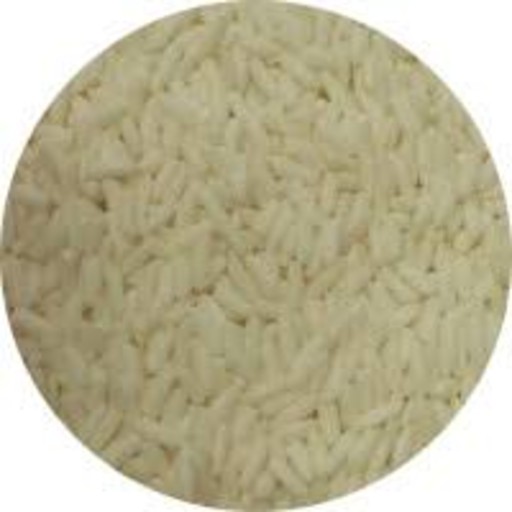Glutinous Rice

Glutinous Rice
Glutinous Rice, is also known as sticky rice, oryza sativa glutinosa, sweet rice.
Glutinous rice is a type of rice grown mainly in Southeast and East Asia, Northeastern India and Bhutan which has opaque grains, very low amylose content, and is especially sticky when cooked. It is widely consumed across Asia. (Wikipedia)
Glutinous rice flour is the milled flour made by grinding cooked and or dehydrated kernels of long or short-grain glutinous rice (Oryza sativa glutinosa).
Nutritional Benefit of Glutinous Rice:
According to article by “organicfacts.net”, Glutinous Rice,
1. May help prevent chronic disease and reduce oxidative stress in the body. Selenium and various other vitamins and minerals in glutinous rice may help take on antioxidant properties in the body, which can lower your risk of chronic diseases and reduce oxidative stress in the body.
2. May reduce type-2 diabetes. A recent study published in the Asia Pacific Journal of Clinical Nutrition states that eating sticky brown rice for a day may improve glycaemic control in patients with type-2 diabetes which was assessed by continuous glucose monitoring.
3. May help cure inflammation. The copper, zinc, and B vitamins in this form of rice are known to potentially boost the strength of the immune system, which may help reduce unnecessary inflammation and reduce strain on your system.
4. May improve bone density. With a variety of essential minerals in glutinous rice, this popular variety might help build strong bones and lower your risk of osteoporosis as you age.
5. May improve heart health. With no fat or cholesterol to speak of, this variety of rice may even be a wise choice for those with heart conditions, high blood pressure, or those struggling with their weight.
6. May augment metabolism. Many of the B vitamins found in sticky rice may be directly tied to the metabolism of the body, including enzyme creation, hormonal balance, and other essential metabolic processes.
